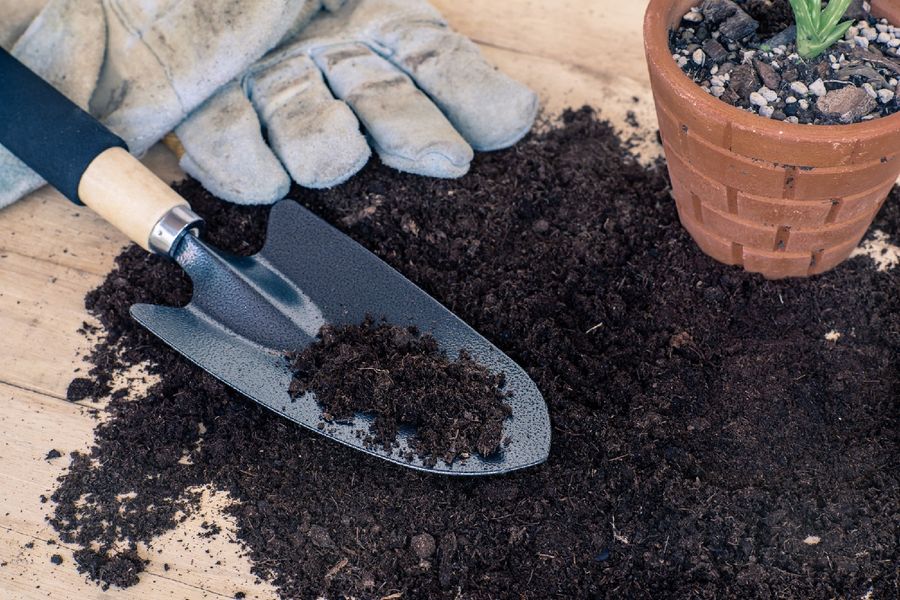Understanding Your Needs: Indoor vs. Outdoor, Beginner vs. Expert
Indoor Succulent Gardening vs. Outdoor Succulent Gardening
Indoor succulent gardening usually involves smaller pots and containers, and the plants are generally protected from harsh weather conditions. The most common tools needed here include small shovels, pruners, watering cans, and misting bottles.


Beginner vs. Expert
As a beginner, you might want to start with just the basics – a small shovel or trowel for planting, a pruner for trimming, and a watering can. But as you become more experienced and your succulent collection grows, you might need more specialized tools such as a soil pH meter, precision pruners, or a moisture meter.
It’s important to note that while some tools are necessary across the board, some might only be needed depending on specific situations.










